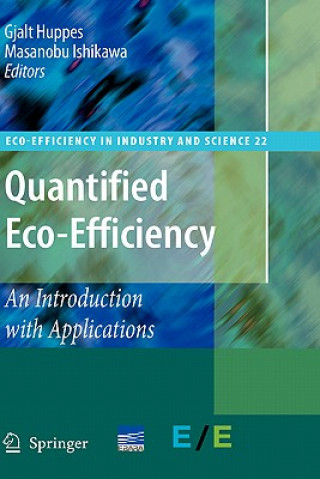
Kod: 01416970
Quantified Eco-Efficiency
Autor Gjalt Huppes, Masanobu Ishikawa
Eco-efficiency has long been a concept: the intention of reducing environmental impact while increasing environmental value. Its origins are with the World Business Council for Sustainable Development. However, in a globalized wor ... więcej
- Język:
 Angielski
Angielski - Oprawa: Twarda
- Liczba stron: 332
Wydawca: Springer-Verlag New York Inc., 2007
- Więcej informacji o książce

Zobacz książki o podobnej tematyce
-

The Husky and His White Cat Shizun: Erha He Ta De Bai Mao Shizun (Novel) Vol. 1
68.94 zł -26 % -

The H. P. Lovecraft Collection: Deluxe 6-Volume Box Set Edition
248.54 zł -6 % -

Some Girls Do
42.48 zł -23 % -

King of Scars
48.70 zł -14 % -

The Mental Game of Trading
182.19 zł -

The Only Study Guide You'll Ever Need
69.84 zł -14 % -

Drawing and Painting Botanicals for Artists
88.29 zł -23 % -

Daytripper
107.13 zł -11 % -

Sky Longing For Memories
144.61 zł -5 % -

MEET THE CARS
52.11 zł -15 % -

Acts of Desperation
46.79 zł -14 % -

French Revolution
80.97 zł -4 % -

A Promised Land
181.69 zł -11 % -

Don't Worry, be Grumpy
60.82 zł -23 % -

Algebra
288.13 zł -
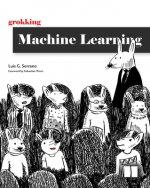
Grokking Machine Learning
323.11 zł -

Marvel: The Tiny Book of Scarlet Witch and Vision
58.72 zł -10 % -

Centre Pompidou - The Collection of the National Museum of M
103.32 zł -
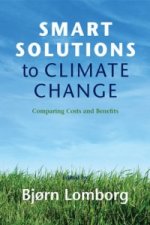
Smart Solutions to Climate Change
162.75 zł -

National Geographic Kids Readers: In the Ocean (L1/Co-reader)
37.87 zł -7 % -

Journal 1837-1861
124.87 zł -4 %
Bon podarunkowy: Radość gwarantowana
- Podaruj bon o dowolnej wartości, a my się zajmiemy resztą.
- Bon podarunkowy dotyczy całej naszej oferty.
- Możesz wydrukować elektroniczny bon z e-maila a następnie przekazać go obdarowanemu.
- Ważność bonu wynosi 12 miesięcy od daty wystawienia.
Więcej informacji o Quantified Eco-Efficiency
Za ten zakup dostaniesz 742 punkty
 Opis
Opis
Eco-efficiency has long been a concept: the intention of reducing environmental impact while increasing environmental value. Its origins are with the World Business Council for Sustainable Development. However, in a globalized world with sustained economic growth environmental degradation is threatening. Macro level requirements on sustainability should be reflected in the eco-efficiency of choices at a micro level, like on technologies, supply chains and product systems. Eco-efficiency analysis has come to fruition as a fully quantified method for analysis, linking to specific domains of economic modelling, specific environmental models, and several methods for integrating these two domains into eco-efficiency scores. This eco-efficiency analysis can guide choices in policy, business, and consumptions activities, all from a single common background.§A central asset of eco-efficiency analysis is that it does not depend on a specific evaluation of environmental impacts against economic effects, avoiding the often disputed results of neo-classical evaluation methods. For integrating the different environmental scores several evaluation methods may be used including those based on willingness-to-pay, panel procedures, and public statements on policy goals. Each may have advantages, but in line with the normative neutrality strived for in eco-efficiency, these preference and value choices may be avoided to some extent. This can be done either by taking a common denominator or by having less demanding objectives, for instance focusing on efficiency of measures only. §A substantial Japanese paper on Maximum Abatement Cost method and a paper on revealed public preferences in The Netherlands comprise the first section on methods. Next, there are four sections on domains of application of eco-efficiency analysis. In the Agriculture section, a case on conservation agriculture in China is worked out, using input-output analysis. In the Industry section, cases range from supply chain management to waste water management and methods to speed up innovation. In the Products & Consumption section, cases refer to overall household performance, specific energy products and methods for upgradeable product design. Finally, in the Recycling section, cases relate to increasing the supply of secondary materials and to increasing secondary materials use.Eco-efficiency has long been a concept: the intention of reducing environmental impact while increasing environmental value. Its origins are with the World Business Council for Sustainable Development. However, in a globalized world with sustained economic growth environmental degradation is threatening. Macro level requirements on sustainability should be reflected in the eco-efficiency of choices at a micro level, like on technologies, supply chains and product systems. Eco-efficiency analysis has come to fruition as a fully quantified method for analysis, linking to specific domains of economic modelling, specific environmental models, and several methods for integrating these two domains into eco-efficiency scores. This eco-efficiency analysis can guide choices in policy, business, and consumptions activities, all from a single common background.§A central asset of eco-efficiency analysis is that it does not depend on a specific evaluation of environmental impacts against economic effects, avoiding the often disputed results of neo-classical evaluation methods. For integrating the different environmental scores several evaluation methods may be used including those based on willingness-to-pay, panel procedures, and public statements on policy goals. Each may have advantages, but in line with the normative neutrality strived for in eco-efficiency, these preference and value choices may be avoided to some extent. This can be done either by taking a common denominator or by having less demanding objectives, for instance focusing on efficiency of measures only. §A substantial Japanese paper on Maximum Abatement Cost method and a paper on revealed public preferences in the Netherlands comprise the first section on methods. Next, there are four sections on domains of application of eco-efficiency analysis. In the Agriculture section, a case on conservation agriculture in China is worked out, using input-output analysis. In the Industry section, cases range from supply chain management to waste water management and methods to speed up innovation. In the Products & Consumption section, cases refer to overall household performance, specific energy products and methods for upgradeable product design. Finally, in the Recycling section, cases relate to increasing the supply of secondary materials and to increasing secondary materials use.
 Szczegóły książki
Szczegóły książki
Kategoria Książki po angielsku Economics, finance, business & management Economics Environmental economics
1267.50 zł
- Pełny tytuł: Quantified Eco-Efficiency
- Podtytuł: An Introduction with Applications
- Autor: Gjalt Huppes, Masanobu Ishikawa
- Język:
 Angielski
Angielski - Oprawa: Twarda
- Liczba stron: 332
- EAN: 9781402053986
- ISBN: 1402053983
- ID: 01416970
- Wydawca: Springer-Verlag New York Inc.
- Waga: 1450 g
- Wymiary: 235 × 162 × 23 mm
- Data wydania: 09. January 2007
Ulubione w innej kategorii
-
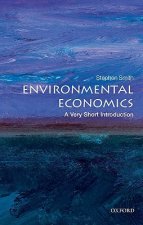
Environmental Economics: A Very Short Introduction
42.48 zł -23 % -
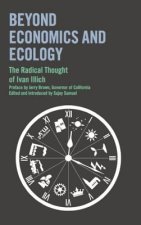
Beyond Economics and Ecology
77.06 zł -5 % -
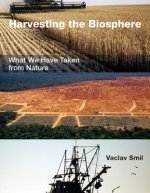
Harvesting the Biosphere
156.64 zł -

2052
92.70 zł -23 % -
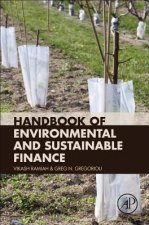
Handbook of Environmental and Sustainable Finance
309.98 zł -24 % -

Climate Shock
172.67 zł -

Harvesting the Biosphere
131.28 zł -22 % -
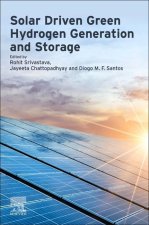
Solar Driven Green Hydrogen Generation and Storage
782.72 zł -9 % -

Green New Deal
129.28 zł -23 % -
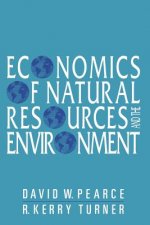
Economics of Natural Resources and the Environment
190.91 zł -
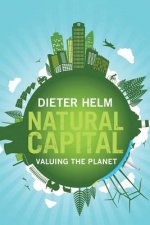
Natural Capital
79.27 zł -10 % -

Plundered Planet
51.60 zł -23 % -
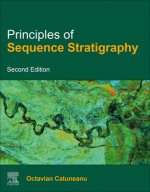
Principles of Sequence Stratigraphy
408.19 zł -9 % -
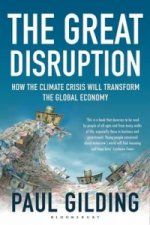
Great Disruption
103.02 zł -

Bet
99.21 zł -10 % -
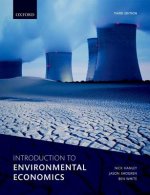
Introduction to Environmental Economics
315.49 zł -

Indra's Net and the Midas Touch
38.58 zł -22 % -
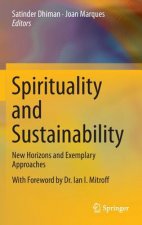
Spirituality and Sustainability
561.74 zł -

Environmentalism of the Poor
204.44 zł -27 % -
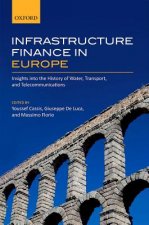
Infrastructure Finance in Europe
951.10 zł -
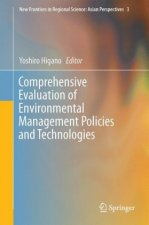
Comprehensive Evaluation of Environmental Management Policies and Technologies
514.73 zł -
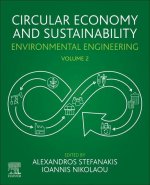
Circular Economy and Sustainability
960.52 zł -
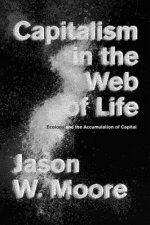
Capitalism in the Web of Life
418.12 zł -

Environmental Economics and Natural Resource Management
370.41 zł -
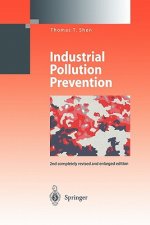
Industrial Pollution Prevention
864.20 zł -

Intermediate Environmental Economics
833.94 zł -
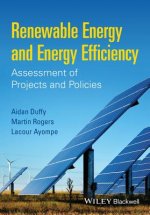
Renewable Energy and Energy Efficiency
261.17 zł -2 % -
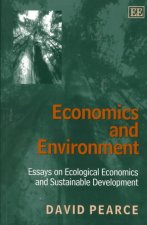
Economics and Environment
189.21 zł -10 % -
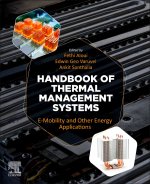
Handbook of Thermal Management Systems
965.13 zł -
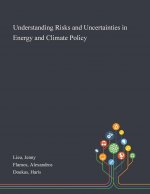
Understanding Risks and Uncertainties in Energy and Climate Policy
224.28 zł -
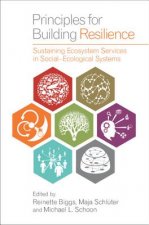
Principles for Building Resilience
333.73 zł -
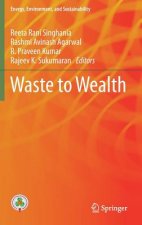
Waste to Wealth
1116.26 zł -

Sustainability
602.43 zł -5 % -
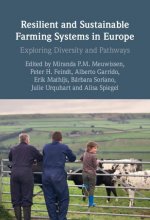
Resilient and Sustainable Farming Systems in Europe
490.88 zł -
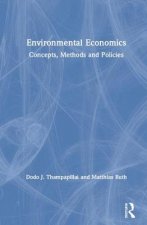
Environmental Economics
897.48 zł -
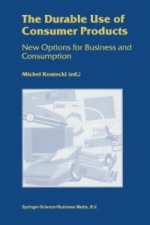
Durable Use of Consumer Products
488.07 zł -
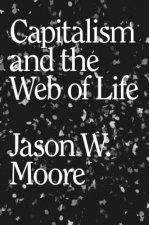
Capitalism in the Web of Life
120.96 zł -
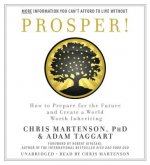
Prosper!
95.60 zł -23 % -

Biofuel Cells
830.93 zł -9 % -
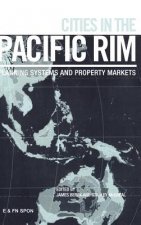
Cities in the Pacific Rim
1071.76 zł -
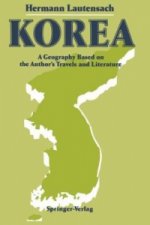
Korea
585.09 zł -
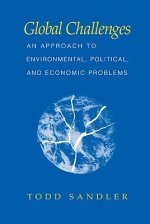
Global Challenges
500.40 zł -
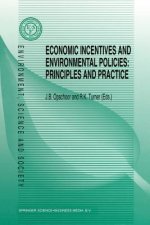
Economic Incentives and Environmental Policies
284.32 zł -
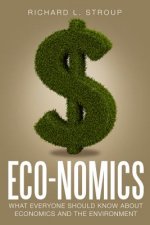
Economics
65.03 zł -7 % -

Advances in Natural Gas: Formation, Processing and Applications. Volume 1: Natural Gas Formation and Extraction
991.29 zł -10 % -
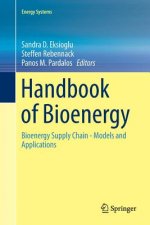
Handbook of Bioenergy
561.74 zł -
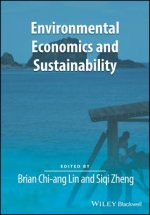
Environmental Economics and Sustainability
174.88 zł -
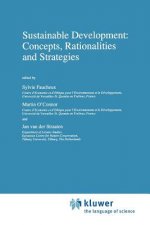
Sustainable Development: Concepts, Rationalities and Strategies
864.20 zł -

Pesticides in a Changing Environment
912.91 zł
zadowolonych klientów
Od roku 2008 obsłużyliśmy wielu miłośników książek, ale dla nas każdy był tym wyjątkowym.
Copyright! ©2008-24 libristo.pl Wszelkie prawa zastrzeżonePrywatnieCookies



 21 milionów książek
21 milionów książek Dostawa 10.99 zł
Dostawa 10.99 zł (32) 444 93 66 (8-15.30h)
(32) 444 93 66 (8-15.30h)